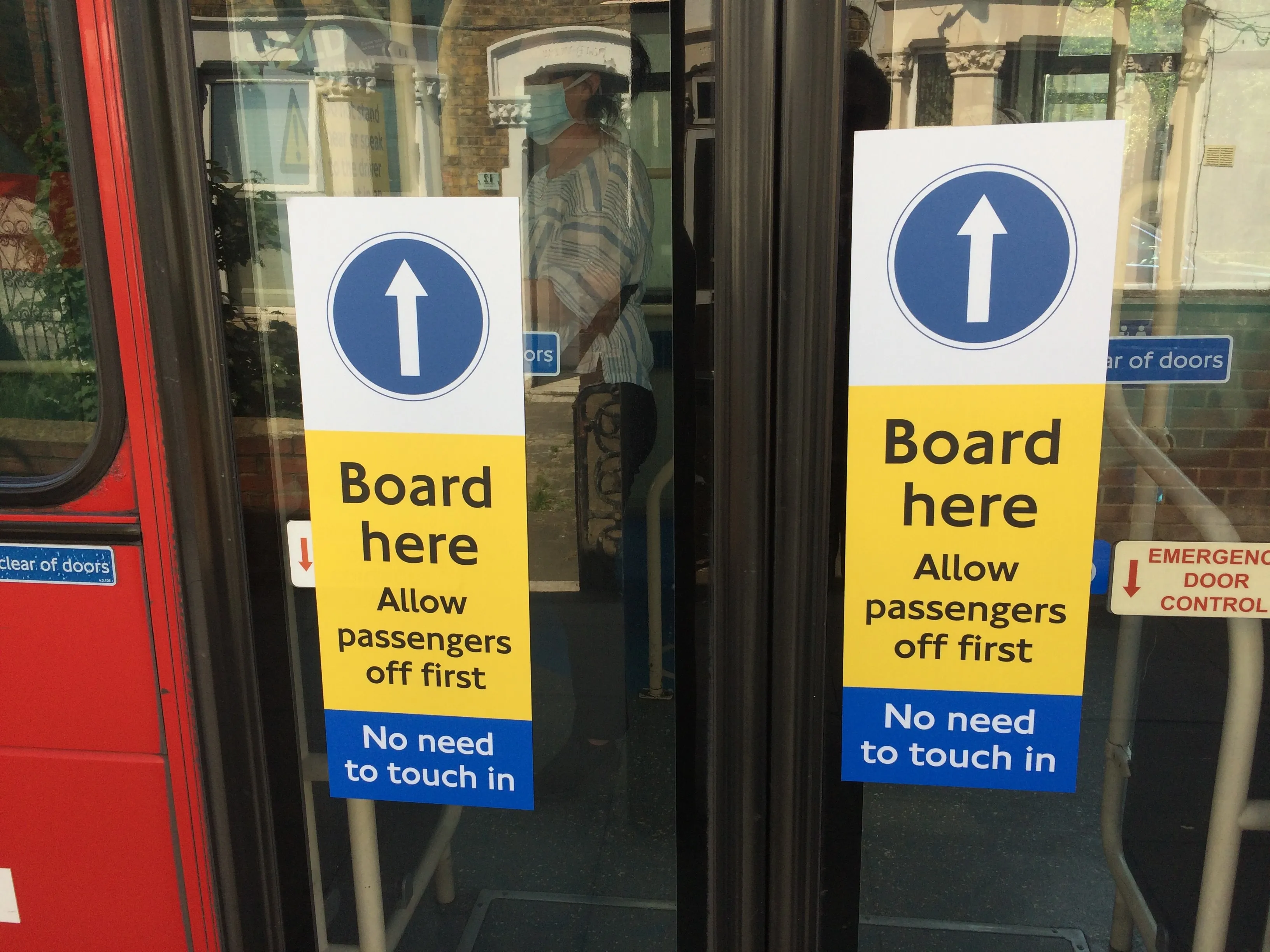A Freight Transport Association (FTA) survey has revealed that congestion on UK roads is at the worst it has been for over ten years. FTA’s Quarterly Transport Activity Survey (QTAS) illustrated the rate of deterioration in reliability on the road network at 55 per cent, which is the lowest it has been since 2002, due to increased traffic in the run-up to Christmas. The results from the survey of over 100 logistics operators are seen as an indication of the impact of the increase in domestic road freight ac
March 17, 2015
Read time: 2 mins
A 6983 Freight Transport Association (FTA) survey has revealed that congestion on UK roads is at the worst it has been for over ten years.
FTA’s Quarterly Transport Activity Survey (QTAS) illustrated the rate of deterioration in reliability on the road network at 55 per cent, which is the lowest it has been since 2002, due to increased traffic in the run-up to Christmas.
The results from the survey of over 100 logistics operators are seen as an indication of the impact of the increase in domestic road freight activity levels, and further highlight the rate of decline in the reliability of the UK motorway network.
Karen Dee, FTA’s director of Policy, said: “This FTA Survey is a clear indication that congestion on our roads has increased again, and drivers are getting stuck in traffic on a regular basis. Reliability on the UK road network is crucial for road freight operators. The freight and logistics industry needs road infrastructure that it can rely on to ensure that products are moved efficiently and at reasonable cost. As the economy grows there will be increasing demands which will mean more pressure to deliver and more vehicles on the roads – so it is only going to get worse.”
Previously FTA voiced its support for the Road Investment Strategy (RIS) – which was announced by the Department for Transport in December 2014, stating that it “believed it can only be good news for all road users.” The RIS outlines plans for US$22 billion to be spent over five years on 1,300 new lane miles on motorways and trunk roads in order to reduce congestion and fix some of the most notorious and longstanding problem areas on the UK road network.
FTA’s Quarterly Transport Activity Survey (QTAS) illustrated the rate of deterioration in reliability on the road network at 55 per cent, which is the lowest it has been since 2002, due to increased traffic in the run-up to Christmas.
The results from the survey of over 100 logistics operators are seen as an indication of the impact of the increase in domestic road freight activity levels, and further highlight the rate of decline in the reliability of the UK motorway network.
Karen Dee, FTA’s director of Policy, said: “This FTA Survey is a clear indication that congestion on our roads has increased again, and drivers are getting stuck in traffic on a regular basis. Reliability on the UK road network is crucial for road freight operators. The freight and logistics industry needs road infrastructure that it can rely on to ensure that products are moved efficiently and at reasonable cost. As the economy grows there will be increasing demands which will mean more pressure to deliver and more vehicles on the roads – so it is only going to get worse.”
Previously FTA voiced its support for the Road Investment Strategy (RIS) – which was announced by the Department for Transport in December 2014, stating that it “believed it can only be good news for all road users.” The RIS outlines plans for US$22 billion to be spent over five years on 1,300 new lane miles on motorways and trunk roads in order to reduce congestion and fix some of the most notorious and longstanding problem areas on the UK road network.









